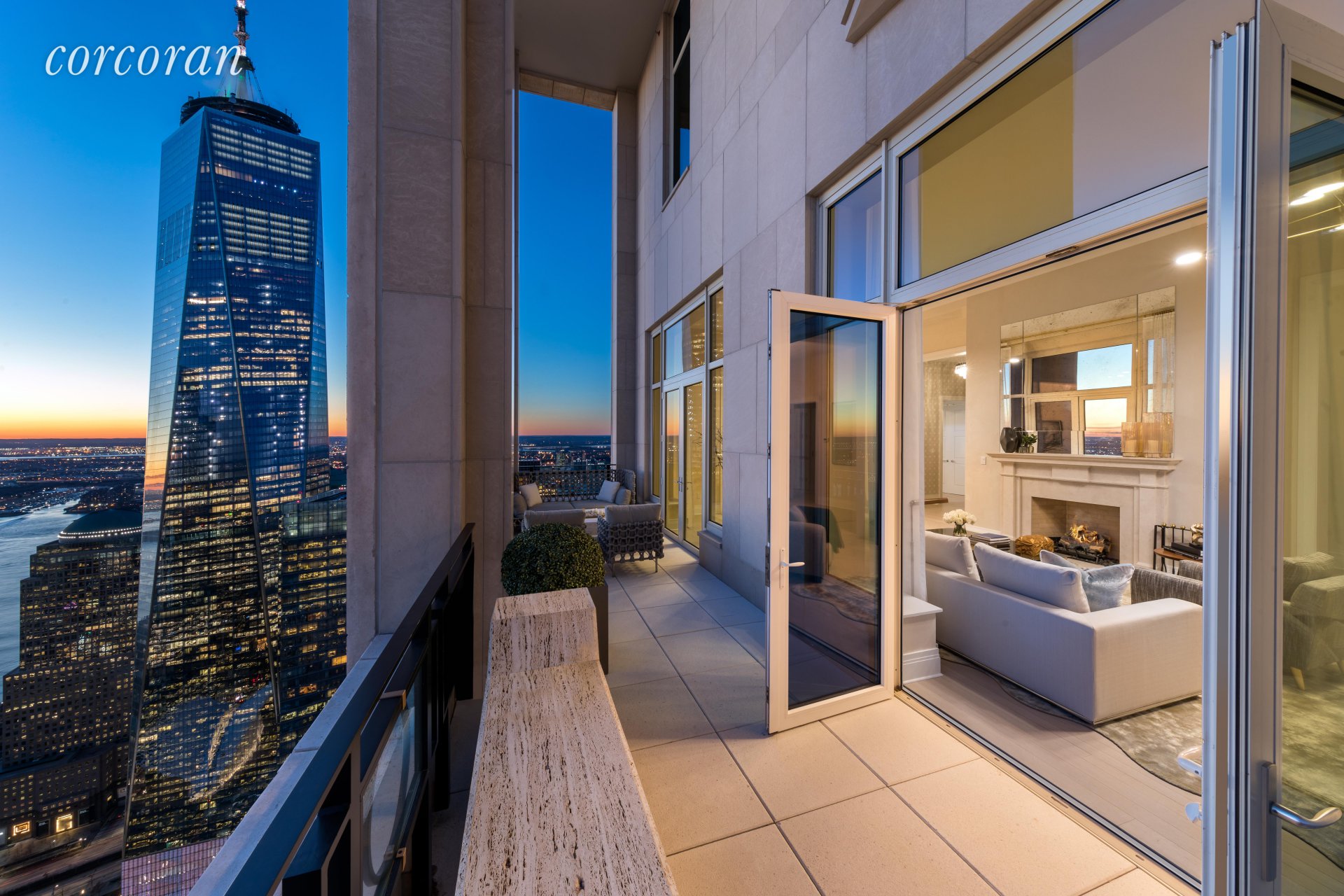Table Of Content

Today’s structure was built in 1942 and sits atop the Presidential Emergency Operations Center. The two-story East Wing houses the office spaces of the first lady and her staff. “Everything in the White House must have a reason for being there,” the first lady told Life magazine in 1961. That is a question of scholarship.” Kennedy showed off the restoration during a televised tour that aired on CBS in 1962. Construction began in October of 1792 with the laying of the first cornerstone.
Remarks by President Biden on the Passage of H.R. 815, the National Security Supplemental
The Chief Agricultural Negotiator and three Deputy U.S. Trade Representatives also hold the rank of Ambassador—two of the deputies are located in Washington, DC, and the other serves in Geneva, Switzerland. The United States Trade Representative formulates trade policy for and directs all trade negotiations of the United States. Documents that the OSTP recently published in the Federal Register are accessible online. The "Guide to Federal Records in the National Archives of the United States" indicates that OSTP records have been assigned to record group 364. Documents that the NEC has published in the Federal Register are accessible online.
Statement from President Joe Biden on UAW Vote in Tennessee
John Adams was the first president to live in the White House, moving in on November 1st, 1800. The executive mansion has been the official residence of every subsequent president. In 1800, President John Adams and first lady Abigail Adams moved into the still unfinished building on November 1.
Office of the Vice President
While it was much smaller than L’Enfant’s proposal, the completed building was still the largest home in the country and would retain that title until after the Civil War. According to the White House Historical Association, the cost of construction was $232,372. For the 2024 WHCD on Saturday, April 27, SNL's Colin Jost was tapped to deliver the roast of President Joe Biden — and he'll have plenty of entertainment peers in the room watching. Aside from the president, vice president, first lady, second gentleman and all your favorite news anchors, here are the biggest stars attending this year's White House Correspondents' Dinner. Learn more about the current administration, our country’s former presidents, and the official residence. With the increase in technological and global advancement, the size of the White House staff has increased to include an array of policy experts responsible with managing various federal governmental functions and policy areas.
Joe Biden’s Family

The State Floor features some of the White House’s most treasured spaces, including the East Room, the Blue, Red, and Green Rooms, the State Dining Room, and the Family Dining Room. The White House has undergone many renovations throughout its history, starting with Thomas Jefferson, who, along with architect Benjamin Henry Latrobe, added the East and West Colonnades, which now link the East and West Wings with the Executive Residence. The first major renovation of the White House took place during the War of 1812. On August 24, 1814, British troops marched on Washington, DC, and burned the White House, the Capitol, and several other public buildings.

A newly constructed East Wing was used as a reception area for social events; Jefferson's colonnades connected the new wings. The East Wing alterations were completed in 1946, creating additional office space. By 1948, the residence's load-bearing walls and wood beams were found to be close to failure.
White House rebuffs House GOP's impeachment-probe requests - Live Updates - POLITICO - POLITICO
White House rebuffs House GOP's impeachment-probe requests - Live Updates - POLITICO.
Posted: Fri, 17 Nov 2023 08:00:00 GMT [source]
National Security Council
The south portico was completed in 1824.[33] At the center of the southern façade is a neoclassical projected bow of three bays. The bow is flanked by five bays, the windows of which, as on the north façade, have alternating segmented and pointed pediments at first-floor level. The bow has a ground-floor double staircase leading to an Ionic colonnaded loggia and the Truman Balcony, built in 1946.[33] The more modern third floor is hidden by a balustraded parapet and plays no part in the composition of the façade. The Director establishes policies, objectives, priorities, and performance measurements for the National Drug Control Program. Each year, the Director promulgates the President's National Drug Control Strategy, other related drug control strategies, supporting reports, and a program budget that the President submits to Congress. The Director advises the President on necessary changes in the organization, management, budgeting, and personnel allocation of Federal agencies that monitor drug activities.
Strict rules govern the conduct of executive branch appointees and require every appointee in an executive branch agency to sign an ethics pledge. A waiver is permitted in cases where the literal application of the pledge is inconsistent with its purposes or is not in the public interest. Presidents have continued to use Executive orders, reorganization plans, and legislative initiatives for reorganizing the Executive Office of the President to make its composition compatible with their administrative goals. On June 7, 1939, President Roosevelt approved Public Resolution 76–20, which acknowledged that "reorganization plan numbered I" had been submitted to the U.S. Congress on April 25, 1939, and that "reorganization plan numbered II" had been submitted on May 9, 1939.
Closure of Pennsylvania Avenue
During the mid-to-late 19th century a series of ever larger greenhouses were built on the west side of the house, where the current West Wing is located. During this period, the North Lawn was planted with ornate carpet-style flowerbeds. This was done to link the new portico with the earlier carved roses above the entrance. The Office of Policy Development comprises the Domestic Policy and the National Economic Councils, which advise and assist the President in the formulation, coordination, and implementation of domestic and economic policy. The Office of Policy Development also supports other policy development and implementation activities as directed by the President.
President Roosevelt submitted the plan to the Senate and House of Representatives on April 25. On April 3, 1939, President Franklin D. Roosevelt approved Public Law 76–19, which also is cited as the Reorganization Act of 1939 (53 Stat. 561). Pursuant to the Act, President Roosevelt prepared an appropriate plan of reorganization. Documents that the Office of Administration published in the Federal Register are accessible online. The "Guide to Federal Records in the National Archives of the United States" indicates that NSC records have been assigned to record group 273.
"Chapter III—Office of Management and Budget," which comprises parts 1300–1399, has been assigned to 5 CFR. That CFR title contains codified rules and regulations whose contents deal with the subject of administrative personnel. Pursuant to Reorganization Plan No. 2 of 1970, President Nixon issued Executive Order on July 1, 1970.
The Madisons eventually moved into the nearby Octagon House, the Washington mansion of John Tayloe, a Virginia plantation owner. Reconstruction and expansion began under Hoban’s direction, but the building was not ready for occupancy until 1817, during the administration of Pres. Hoban’s reconstruction included the addition of east and west terraces on the main building’s flanks; a semicircular south portico and a colonnaded north portico were added in the 1820s. The mansion quickly became a focal point of the new federal city and was symbolically linked to the United States Capitol by way of Pennsylvania Avenue. Following his inauguration in March 1801, Jefferson became the second president to reside in the executive mansion.
Following his April 1789 inauguration, President George Washington occupied two private houses in New York City, which served as the executive mansion. In May 1790, construction began on a new official residence in Manhattan called Government House. From the vice-presidency of John Adams in 1789 to that of Richard Nixon in the 1950s, presiding over the Senate was the Vice President's chief function.
An agency must disclose records that any person properly requests in writing. Pursuant to one or more of nine exemptions and three exclusions that the Act contains, a Federal agency may withhold certain records or parts of them. The FOIA applies only to Federal agencies and does not create a right of access to records held by the U.S.
The building’s history begins in 1792, when a public competition was held to choose a design for a presidential residence in the new capital city of Washington. Thomas Jefferson, later the country’s third president (1801–09), using the pseudonymous initials “A.Z.,” was among those who submitted drawings, but Irish American architect James Hoban won the commission (and a $500 prize) with his plan for a Georgian mansion in the Palladian style. The structure was to have three floors and more than 100 rooms and would be built in sandstone imported from quarries along Aquia Creek in Virginia. Labourers, including local enslaved people, were housed in temporary huts built on the north side of the premises. They were joined by skilled stonemasons from Edinburgh, Scotland, in 1793. President George Washington, who lived in presidential residences in New York and Philadelphia, selected the site of the nation’s capital on the Potomac River for an executive mansion with the help of French architect Pierre Charles L’Enfant, who designed the plan of the city.
The wallpaper had hung previously on the walls of another mansion until 1961 when that house was demolished for a grocery store. Just before the demolition, the wallpaper was salvaged and sold to the White House. Jacqueline Kennedy, wife of President John F. Kennedy (1961–63), directed a very extensive and historic redecoration of the house.

No comments:
Post a Comment